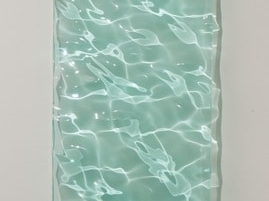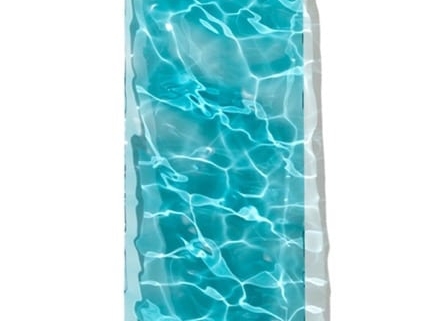SOPHIA COLLIER
I was born in New York City and lived out in East Hampton near the ocean as a young child. My father was an artist and part of a lively arts community so both waves and art were a strong part of my life from the beginning.
When I was 16 years old I graduated from high school and left home. I never went to college, but instead started a company in Portland, Maine. I later joined an ashram and learned meditation. When I was 20, I wrote a book about some of my early experiences that was published by William Morrow and was a Book of the Month Club alternate.
Then, I had an idea for a new type of soft drink and created the first all-natural soda in my kitchen in Brooklyn, New York. A friend and I started a company to market Soho Natural Soda and we sold over 100 million bottles of soda over the next 12 years.
After the soda company I moved to New England where money management seems to be a metabolic response to long winters. I took up this local trade in 1991 and got deeply involved in investment strategies and technology investing. My fund was awarded five stars by Morningstar, placing in the top 10% of all funds in its large cap growth category. At that time we also created a new type of money market fund, called the E-fund that become the #1 performing money market fund shortly after it was launched.
And then in 2004 I got breast cancer. Fortunately, it was early stage, but my cancer turned out to have an important side effect: it was a free look at death. Though I continued at the company, I realized that there was so much more that I wanted to do in my life and I started planning to become an artist.
It was around that time that I was walking across a bridge and looked down at the water and thought I wish I could pick up a piece of the surface and keep it forever. This idea became a compelling force.
Finally in 2008 I finished my job and was able to begin working full time to develop the water surfaces. I knew I needed to learn a number of new skills and, even possibly, develop some new technologies to realize these forms. From my financial work, I knew it was possible to develop software to model vast, turbulent, nonlinear data sets so I started using the same ideas to model water in motion. I went to Detroit to learn precision milling and also studied animation and 3D modeling. I worked with suppliers to develop a color palette in acrylic blocks.
Now I have a studio in Sausalito with a large “CNC” router. I create computer code which tells the router what to carve. I have come to see the surfaces I create as lenses. The light cast from the surface jumps from the boundary of the block and throws off brilliant shapes that offer both tranquility and challenge. The shapes are abstract but primal and familiar.
Creating Waves: Process
When Collier creates a new water surface she starts with a brush that she builds with software. This brush is essentially a model of wind because wind is the source of waves in the scale of her surfaces. She says “I think about what wind is: the movement of warmer air rushing chaotically towards cold. The motion never stops, so the wind of today has in it ancient turbulence.”
Even though Collier does not use specific water references, she does seek to make the surfaces physically accurate, so given the laws of chance, she says, “they actually could have occurred somewhere, a million years ago or yesterday.”
Adding SoundOften Collier will also mix in information from other rhythmic sources: collected sounds, pulse, breath and dance music.
In her latest work, GRAND, A Portrait of the Grand River after Midnight, she collected sounds throughout the Grand Rapids, MI area and used software to extract their patterns. She said “Sound waves in the range we can hear have a physical size between about 1 inch to up to 50 feet. These are perfect waves to match the size of waves on the water.”
“I like to add influences from human sources,” she said. “As a child I spent hours staring at the water thinking that it was both ancient and instant. It could absorb anything and contained everything.”
When a surface is finished she carves it from an acrylic block using the CNC router in her studio in Sausalito. Finally, she polishes it to optical clarity.















